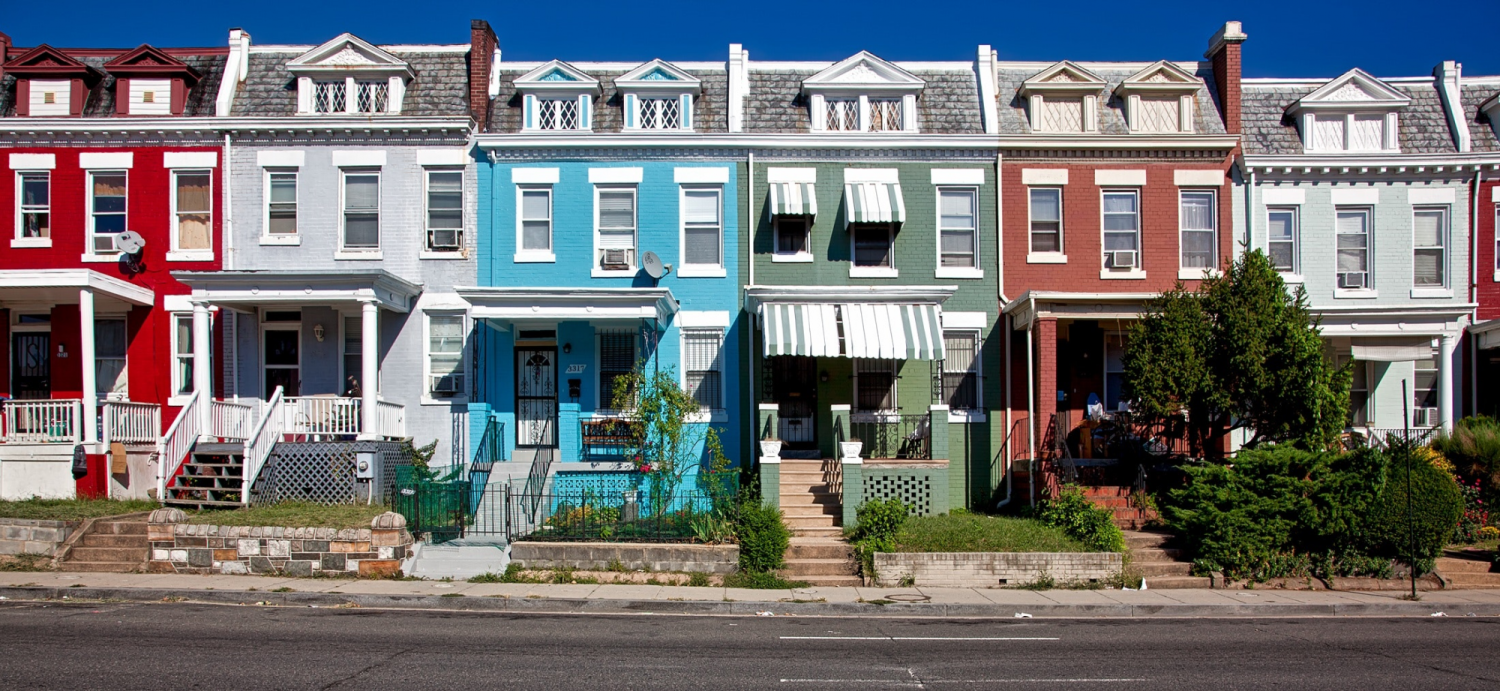Environmental Entrepreneurs LEED the Adoption of Greener Building Standards

Today, climate change has become a hot topic as annual global temperatures are on the rise, largely resulting from escalating carbon dioxide emissions. Siddharth Vedula, who recently received his PhD at the Leeds School of Business, and Jeffrey G. York, Associate Professor of Strategy and Entrepreneurship at Leeds, identify residential and commercial buildings as a primary cause of our national emissions, contributing to 39% of total US emissions.
In the past decade, the adoption of the Leadership in Energy and Environmental Design (LEED) voluntary certification standard has become more widespread as more people begin to seek sustainable practices within their businesses. This certification requires the use of energy saving technology and more environmentally friendly materials to greatly reduce a building’s carbon footprint. Here at the University of Colorado at Boulder, we are proud to say that all recent construction and renovations on campus have been LEED certified as a result of popular demand by students. In their paper, “It’s Not Easy Building Green: The Impact of Public Policy, Private Actors, and Regional Logics on Voluntary Standards Adoption,” recently published in the Academy of Management Journal, Vedula and York seek to uncover what has been driving the adoption of this standard.
Their primary focus in their research was to identify how a region’s cultural orientation and various social conditions impact the adoption of LEED standards. What they discovered was surprising:
“What we found was that on its own, a region’s culture did not directly drive LEED adoption,” Vedula explained on the podcast The Academic Minute on August 31st. “However, what we did find is that a region's culture did impact the efficacy of other actors trying to enact change. For example, we found that incentives and mandates by local governments to build green worked great in cities that had a promarket cultural orientation, but were redundant in cities with a pro-community cultural orientation.”
So what drives the adoption of LEED if not a region’s culture? According to Vedula, the answer lies in environmental entrepreneurs.
“Our most interesting finding was that environmental entrepreneurs, small businesses that create goods and services for this sector (e.g. a more water-efficient toilet), were able to bridge the cultural divide – they were just as effective at influencing LEED adoption in cities with a pro-market and a pro-community cultural orientation,” Vedula said. “Our research highlights the conditions under which public and private actors can collectively help.”
Vedula and York’s findings reinforce the importance of sustainable practices by environmental entrepreneurs in reducing our national carbon footprint. Regardless of cultural orientation, environmental entrepreneurs are able to drive change in business practices and impact the success of the LEED certification adoption better than policy has in some regions. The success of these small businesses that supply more environmentally friendly products ensures that buildings are built ‘greener’ so that we may begin to reduce carbon emissions on a national level.
Hear more about Vedula and York’s work on The Academic Minute.







